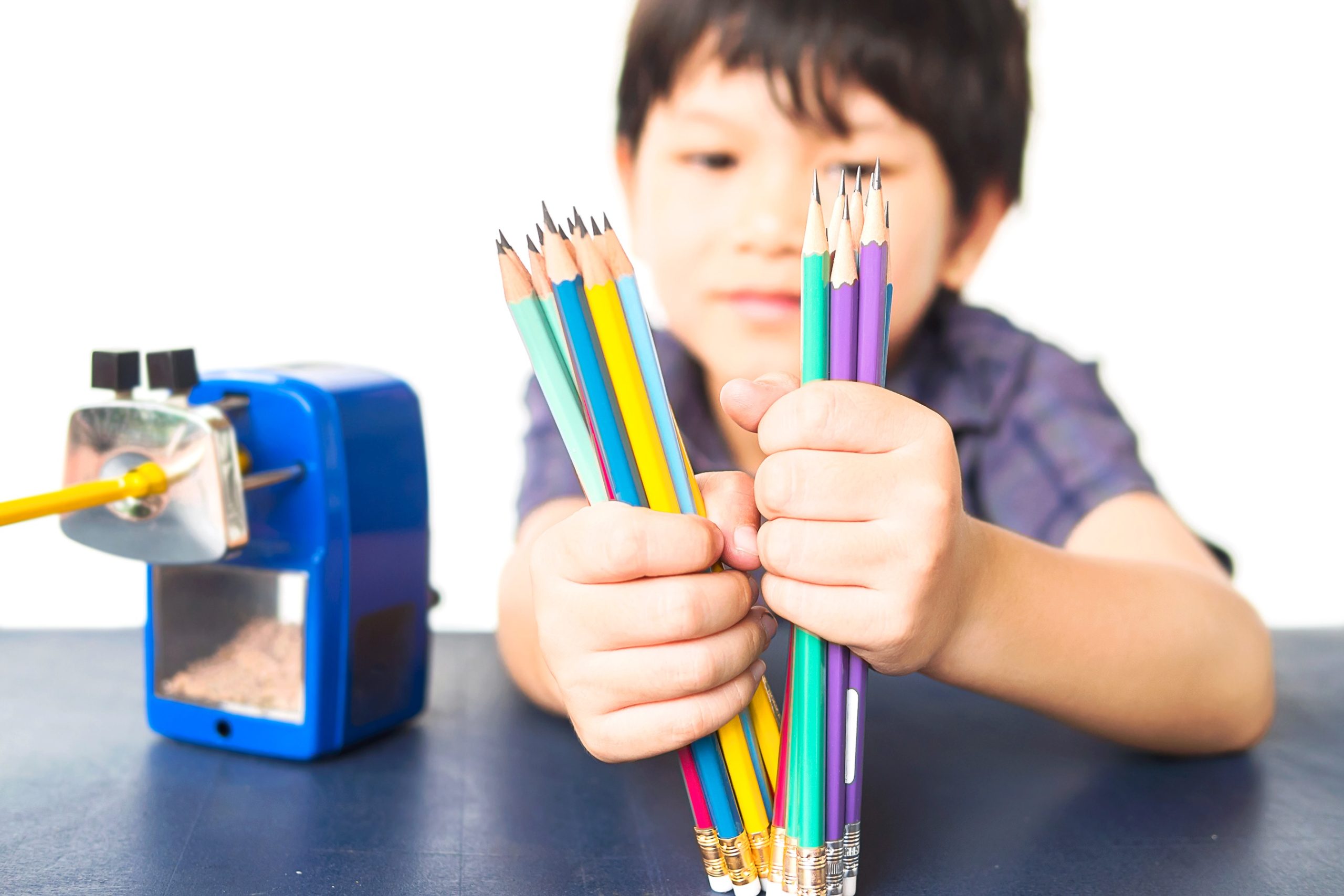
The Importance of Proper Pencil Hold for Preschoolers: What Topics Should Preschoolers Learn About?
Preschool is an exciting time in a child’s life when they are eager to learn and explore new things. As parents and educators, it is essential to provide a stimulating learning environment that encourages the development of critical skills. One of the most crucial skills that preschoolers must learn is proper pencil hold. In this article, we will discuss the importance of proper pencil hold for preschoolers, the common mistakes to avoid when teaching pencil hold, and the best practices for teaching pencil hold to preschoolers.
The Importance of Proper Pencil Hold for Preschoolers
Proper pencil hold is a foundational skill that impacts a preschooler’s overall development. Here are some reasons why proper pencil hold is important for preschoolers:
Improved Hand-Eye Coordination: Preschoolers who develop proper pencil hold have improved hand-eye coordination. Proper pencil hold requires the use of small muscles in the hand and fingers, which can improve hand-eye coordination.
Better Writing: Proper pencil hold can improve writing legibility and speed. As preschoolers begin to learn to write letters and numbers, proper pencil hold becomes even more important.
Increased Confidence: Preschoolers who can properly hold a pencil feel more confident in their ability to complete tasks that require writing or drawing. Developing proper pencil hold can help preschoolers feel more confident in their abilities and take on new challenges.
Fine Motor Skill Development: Proper pencil hold helps develop fine motor skills, which can impact a preschooler’s ability to complete tasks such as buttoning a shirt or tying their shoes. Developing fine motor skills is crucial for preschoolers and can help them with many tasks in their daily lives.
Improved Concentration: By developing proper pencil hold, preschoolers can concentrate better on the task at hand, leading to improved overall focus and attention span. Developing proper pencil hold can help preschoolers stay focused and engaged in the learning process.
Common Mistakes to Avoid When Teaching Pencil Hold
Teaching pencil hold to preschoolers can be challenging, but avoiding common mistakes can make the learning process easier. Here are some common mistakes to avoid when teaching pencil hold to preschoolers:
Forcing the Grip: Forcing the correct grip may cause frustration for the preschooler and make the learning process less enjoyable. Instead, demonstrate the correct grip and offer gentle guidance and encouragement as the preschooler practices.
Using the Wrong Size Pencil: Using a pencil that is too small or too big can make it difficult for the preschooler to maintain proper grip. Ensure that the pencil is the right size for the child’s hand.
Lack of Practice: Pencil hold requires plenty of practice to master. Avoid rushing the process and offer regular practice opportunities for the preschooler.
Poor Posture: Poor posture can hinder pencil hold development. Make sure your preschooler is seated at a table or desk with good posture.
Negative Reinforcement: Negative reinforcement can be discouraging for preschoolers and may make learning pencil hold a negative experience. Offer positive reinforcement and celebrate progress, no matter how small.
Best Practices for Teaching Pencil Hold to Preschoolers
Teaching preschoolers proper pencil hold can be a rewarding experience for both parents and educators. Here are some best practices for teaching pencil hold to preschoolers:
Choose the Right Pencil: Choosing the right pencil is crucial when teaching preschoolers proper pencil hold. Choose a pencil that is the right size for your preschooler’s hand and has a comfortable grip.
Demonstrate the Correct Grip: Demonstrating the correct grip is essential when teaching pencil hold to preschoolers. Show your preschooler how to hold the pencil correctly and offer gentle guidance as they practice.
Provide Plenty of Practice Opportunities: Preschoolers need plenty of practice to master pencil hold. Provide regular practice opportunities, such as drawing or tracing shapes, to help them develop their skills.
Encourage Good Posture: Encouraging good posture is crucial when teaching pencil hold to preschoolers. Make sure your preschooler is seated at a table or desk with good posture to help them maintain proper grip.
Make it Fun: Learning should be fun for preschoolers. Incorporate fun activities, such as drawing or coloring, to make learning proper pencil hold an enjoyable experience.
Offer Positive Reinforcement: Offering positive reinforcement is essential when teaching preschoolers proper pencil hold. Celebrate progress and offer praise and encouragement to help build confidence and motivation.
Proper pencil hold is a crucial skill that can impact a preschooler’s overall development. By providing a supportive and positive learning environment, parents and educators can help preschoolers master this skill and develop confidence and independence. Remember to choose the right pencil, demonstrate the correct grip, provide plenty of practice opportunities, encourage good posture, make it fun, and offer positive reinforcement. Avoid common mistakes such as forcing the grip, using the wrong size pencil, lack of practice, poor posture, and negative reinforcement. With patience, practice, and a positive attitude, preschoolers can develop proper pencil hold and set themselves up for success in all areas of their lives.
Conclusion
In conclusion, proper pencil hold is a critical skill that preschoolers should learn. It can support their overall development, particularly their fine motor skills and hand-eye coordination. As a parent or educator, it is essential to avoid common mistakes and use effective strategies to teach preschoolers proper pencil hold. With regular practice and positive reinforcement, preschoolers can master this skill and prepare themselves for future learning and success.


